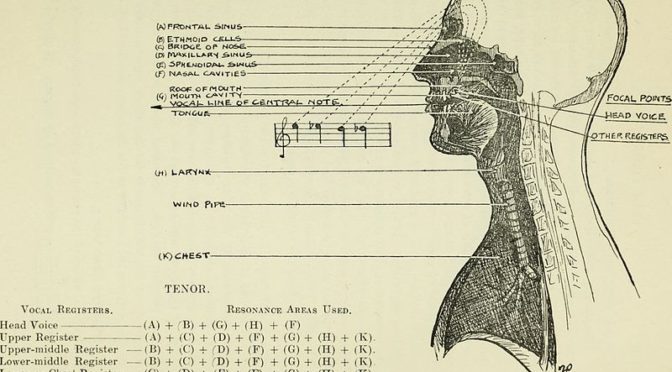In a normal work environment, sitting and standing for long periods of time can result in a number of neuro-musculoskeletal problems. Add to this repetitive motion, rotation, even heavy lifting, and the risks are compounded.
For musicians, strain and stiffness can be minor at first, but over time problems escalate and become debilitating—neural compression, reduced blood flow, joint stiffness, and damage to connective tissue. Tendons must bear all the weight of the attached muscle and can tear if overstretched. Inflammation of the tendon, or tendinitis, often occurs at the shoulder, biceps, and elbow. The small sac that cushions and reduces friction in the joint is called bursa. Inflammation of this sac is called bursitis.
Overworking some tissues and underworking others can lead to less flexibility, loss of strength, and misalignment of joints—arguably, collateral damage for professional musicians. In some cases, musicians must learn to use completely different muscle groups for playing their instruments or play in different positions.
Pianists, for instance, can get relief if they use more wrist action and less finger motion. Musicians who play guitar, mandolin, and other fretted instruments have high tendonitis potential. Too tight a grip on the pick can strain the thumb muscles, resulting in tendonitis in the right thumb. If you feel your wrist or arm start to tighten while playing, back off and try to find a way to keep playing with the muscles relaxed.
Play with Good Posture and Breathe
For playing ability and overall health, good posture is the first line of defense. Slouching causes restricted and shallow breathing and over-restriction of muscles and tendons. Over time, poor posture can actually shorten muscles and tendons and weaken abdominal muscles. Learn to develop internal coordination and posture, from the inside out. Strengthening core muscles is important to spine alignment and to the strength and control of the rest of the body.
Proper breathing restores everything, from alternating mechanics of dynamic movement and posture and gait to the ability to handle sensory input. Most people tend to take shallow breaths so the ribcage is lifted and flared, which compromises diaphragm function, requiring chest, neck, and upper back to do more work.
When inhaling, the ribcage and chest should expand without any lift from neck and shoulder muscles. The most substantial movement, during inhalation, should occur in the lower ribs as they externally rotate (open out) and expand out to the sides. When exhaling, lower ribs should internally rotate (close in), creating the necessary space for your diaphragm to dome inside the ribcage.
Following are some general tips to follow to help avoid strain and injury:
- Exercise and strengthen your core muscles, including abdominal muscles, back muscles, and muscles around the pelvis. (Consider doing yoga or Pilates.)
- Before rehearsal or a performance, stretch arms, wrists, hands, and back.
- Determine the size, weight, or shape of instrument that is right for you, and whether there may be an accessory that makes playing more comfortable.
- Evaluate your technique. Find ways to reduce force, keep your joints in their middle range of motion, and try to avoid fixed, tensed positions.
- When practicing, take frequent breaks to stretch and relax. Take a long break every hour or so, and short breaks every few minutes to allow the body to recover.
- Always seek medical help if you experience chronic pain or numbness and tingling in your fingers.


